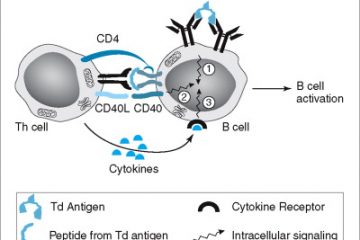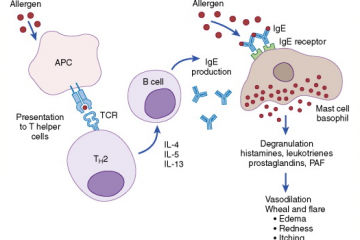| Synonyms | Anti-Human IgG Fc Monoclonal Secondary Antibody (Min X Ms, Rt, Rb, Ch, Gt) |
| Description | Generally, goat anti-human or donkey anti-human IgG polyclonal antibodies are used because the secondary antibody to detect human major antibodies. However, since polyclonal antibodies can acknowledge many epitopes, the background and the cross reactivity within the assays is normally excessive, making the outcomes exhausting to interpret. To decrease the background and cross reactivity and enhance the lot-to-lot consistency, a singular GenScript Mouse Anti-Human IgG Fc Antibody (50B4A9)[HRP], mAb has been developed for use as a secondary antibody. The superiority of this antibody is that it may be used as an idiotype antibody to detect drug metabolism in vivo. |
| Host Species | Mouse |
| Antigen Species | Human |
| Conjugation | Peroxidase (Horseradish) |
| Immunogen | Human IgG(H&L) |
| Purification | Protein A affinity column |
Working concentrations for particular purposes must be decided by the investigator. The acceptable concentrations could also be affected by major antibody affinity, antigen focus, the sensitivity of the strategy of detection, temperature, the size of the incubations, and different elements. The suitability of this antibody for purposes apart from these listed under has not been decided. The following focus ranges are advisable beginning factors for this product.
Anti-NHS antibodies are supplied by a variety of suppliers. This goal gene encodes the protein ‘NHS actin transforming regulator’ in people and might also be generally known as CTRCT40, CXN, SCML1, Nance-Horan syndrome protein, and Nance-Horan syndrome (congenital cataracts and dental anomalies). Structurally, the protein is reported to be 179.1 kilodaltons in mass. Based on gene identify, canine, porcine, monkey, mouse and rat orthologs might also be discovered. For extra complete antibody product info (reminiscent of immunogen, specificity, purposes, and extra), go to the provider web page.

hns, Polyclonal Antibody
Abstract
Histone-like nucleoid structuring protein (H-NS) is a modular protein that’s related to the bacterial nucleoid. We used chromatin immunoprecipitation to find out the binding websites of H-NS and RNA polymerase on the Salmonella enterica serovar Typhimurium chromosome. We discovered that H-NS doesn’t bind to actively transcribed genes and doesn’t co-localize with RNA polymerase. This exhibits that H-NS principally silences gene expression by proscribing the entry of RNA polymerase to the DNA. H-NS had beforehand been proven to preferentially bind to curved DNA in vitro. In truth, on the genomic degree we found that the extent of H-NS binding correlates higher with the AT-content of DNA. This is more likely to have evolutionary penalties as a result of we present that H-NS binds to many Salmonella genes acquired by lateral gene switch, and features as a gene silencer. The removing of H-NS from the cell causes un-controlled expression of a number of Salmonella pathogenicity islands, and we show that this has deleterious penalties for bacterial health. Our discovery of this novel function for H-NS could have implications for the acquisition of international genes by enteric micro organism.
Synopsis
In latest a long time, gene silencing has been well-characterised in vegetation and animals, and includes the prevention of transcription by DNA-methylation and histone-modification, or interference with translation by small RNA molecules. This situation of PLoS Pathogens stories the invention that world gene silencing additionally happens in micro organism. The novel mechanism is mediated by the extremely considerable histone-like nucleoid structuring protein (H-NS), which blocks the expression of 254 genes in wild-type Salmonella. Many of those genes had been acquired via horizontal gene switch, together with pathogenicity islands, and these are silenced by the binding of H-NS to AT-rich chromosomal areas. The research reveals that H-NS prevents the uncontrolled transcription of genes inside pathogenicity islands to make sure that bacterial health is maintained. It is recommended that H-NS performs a task in bacterial evolution by influencing each the acquisition and upkeep of international DNA.
[Linking template=”default” type=”products” search=”HNS Antibody” header=”1″ limit=”23″ start=”3″ showCatalogNumber=”true” showSize=”true” showSupplier=”true” showPrice=”true” showDescription=”true” showAdditionalInformation=”true” showImage=”true” showSchemaMarkup=”true” imageWidth=”” imageHeight=””]


